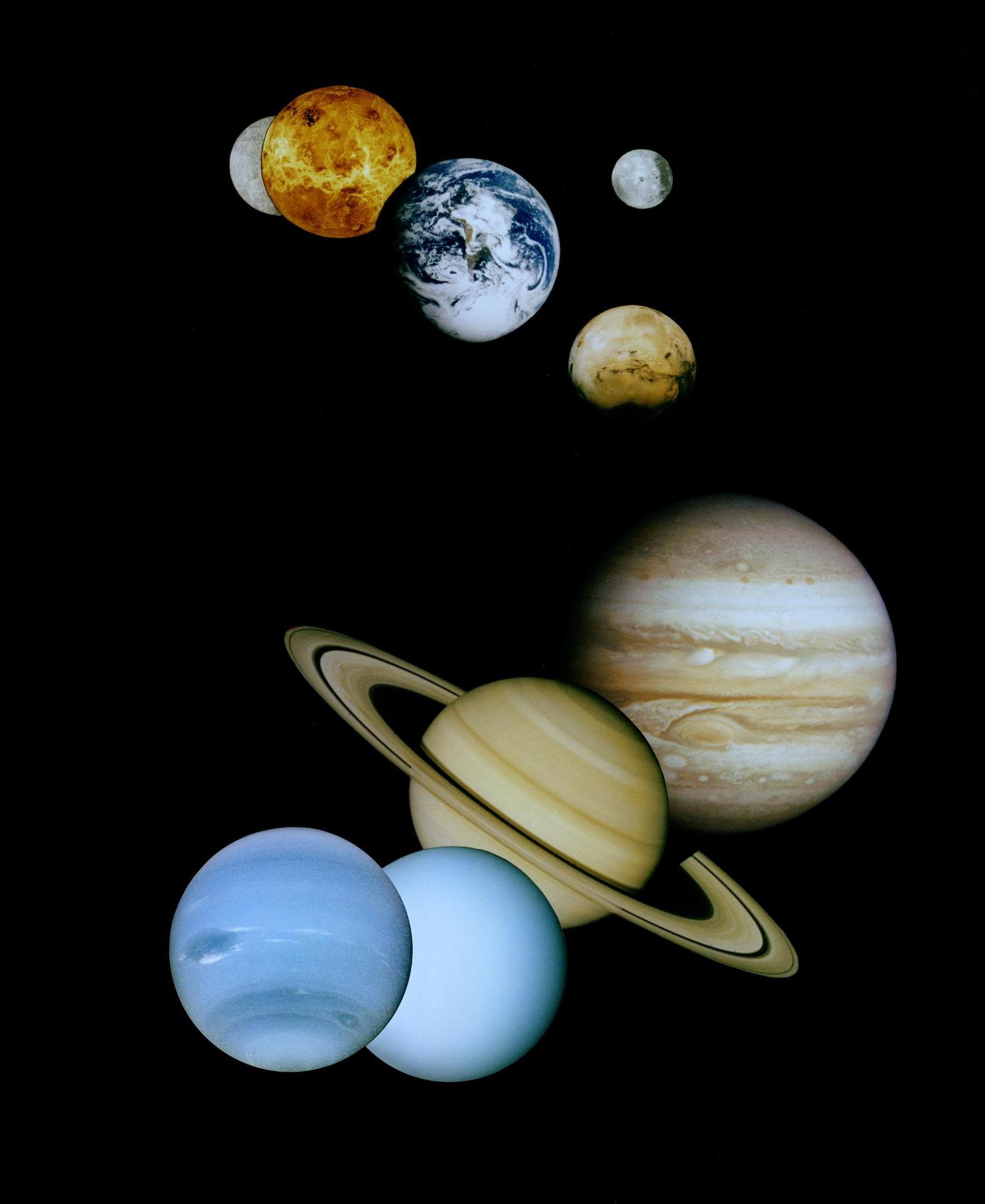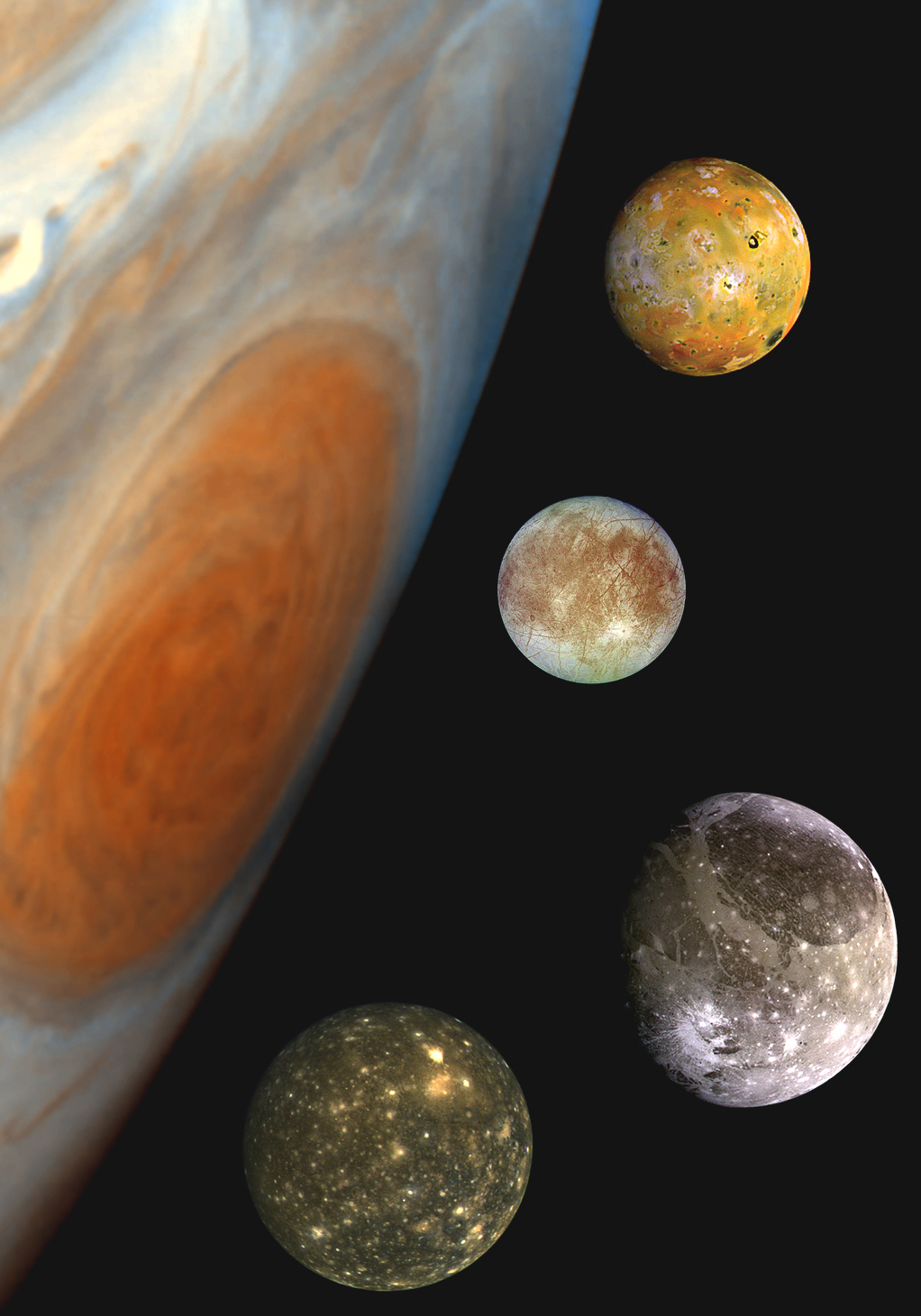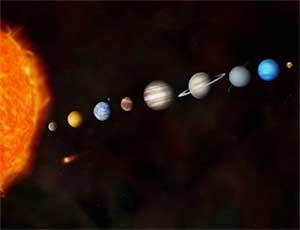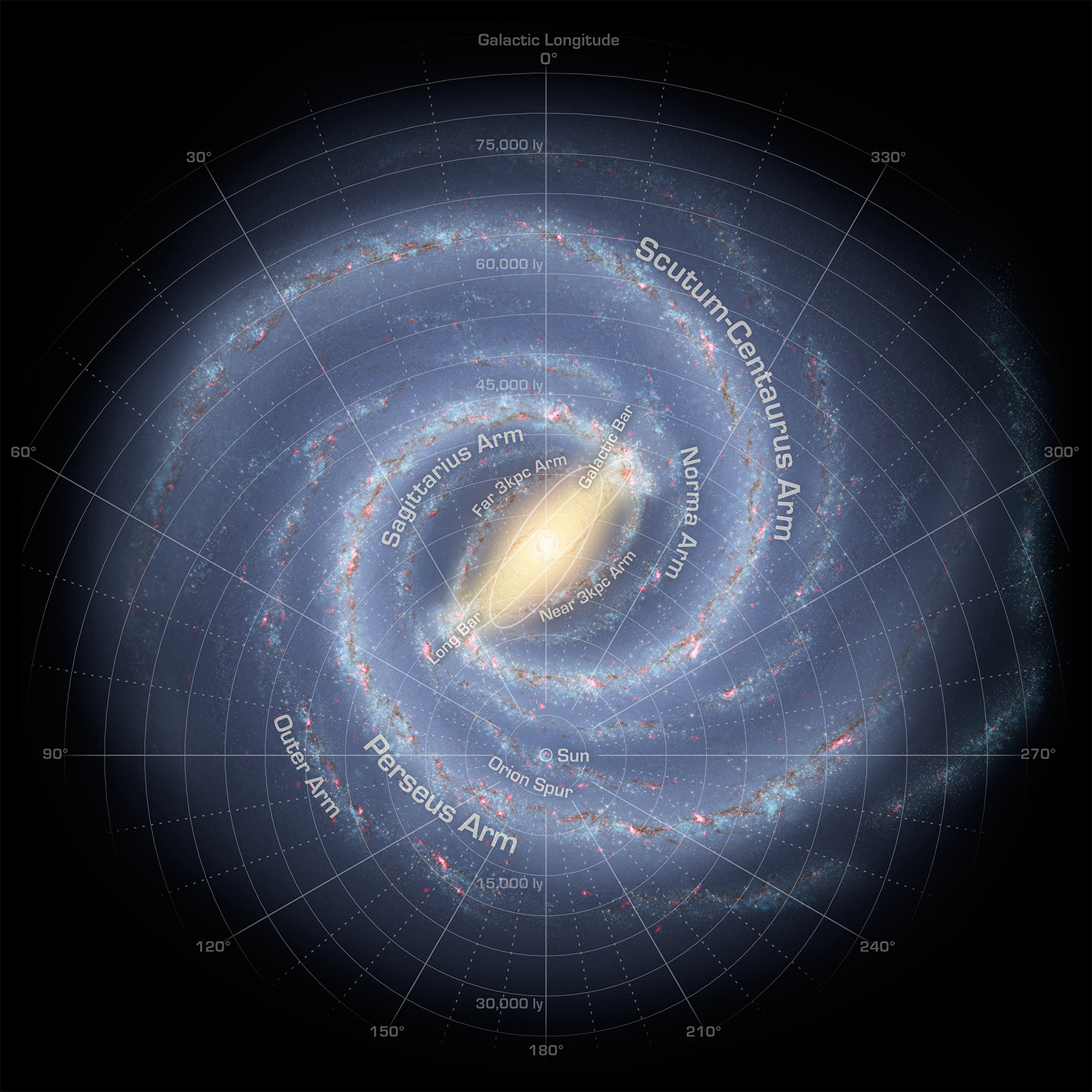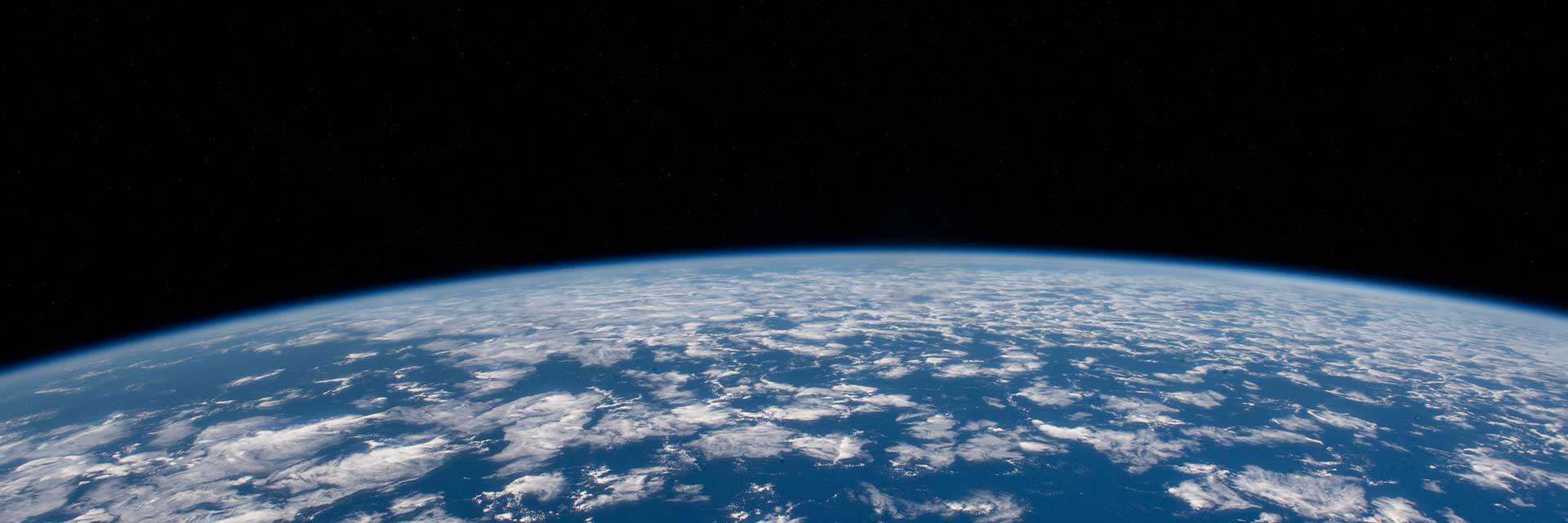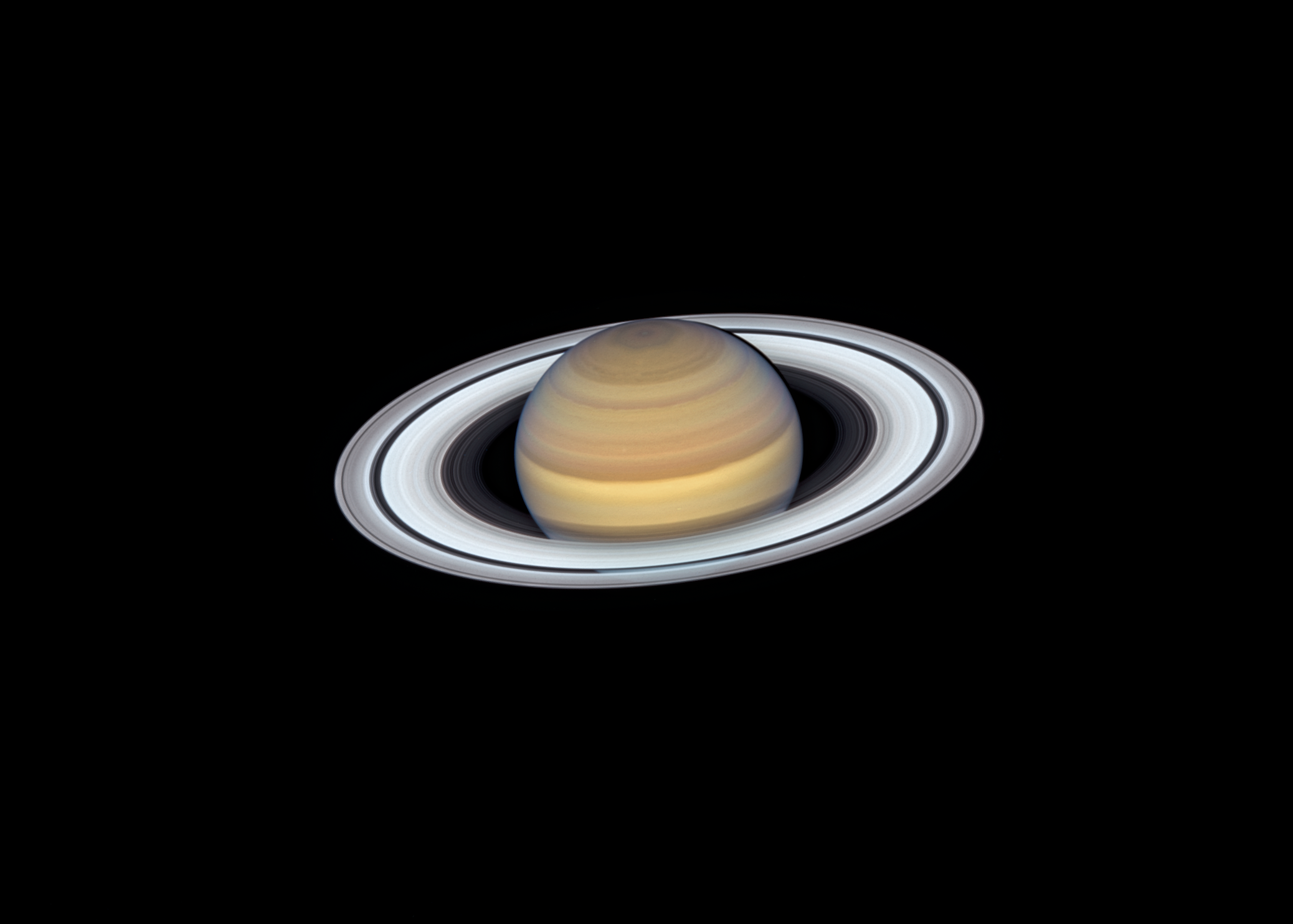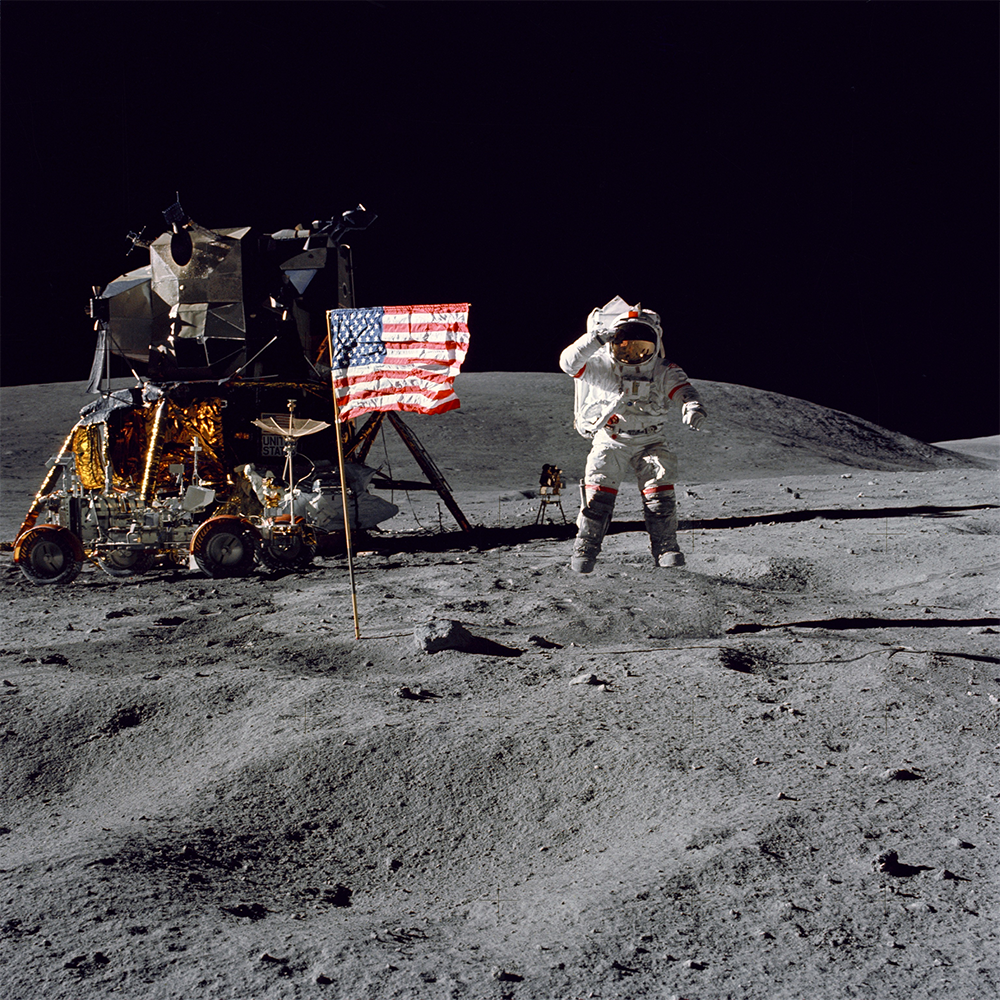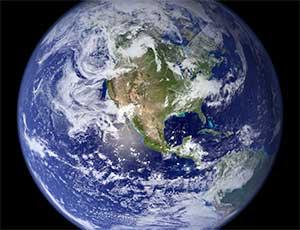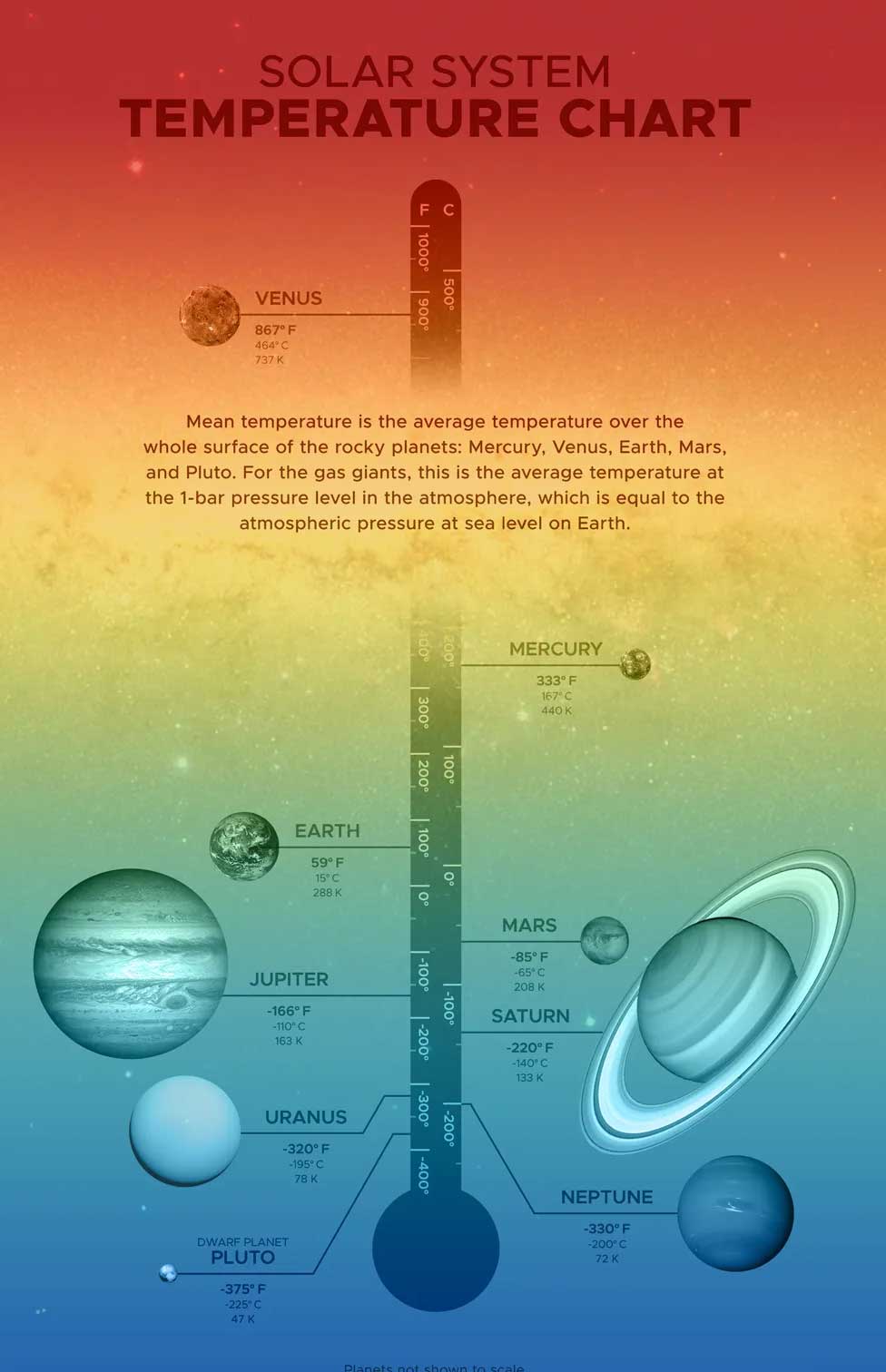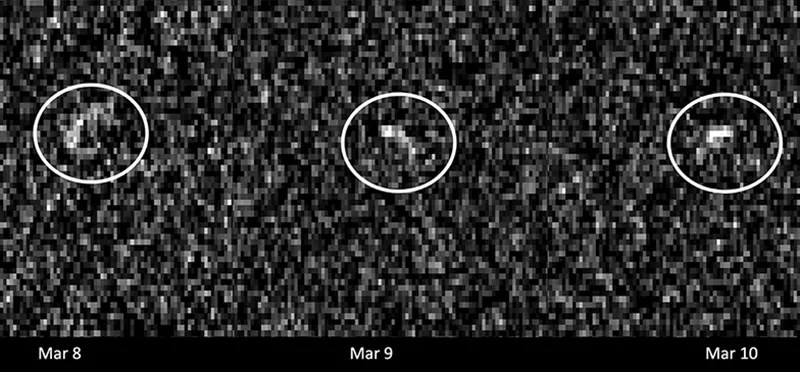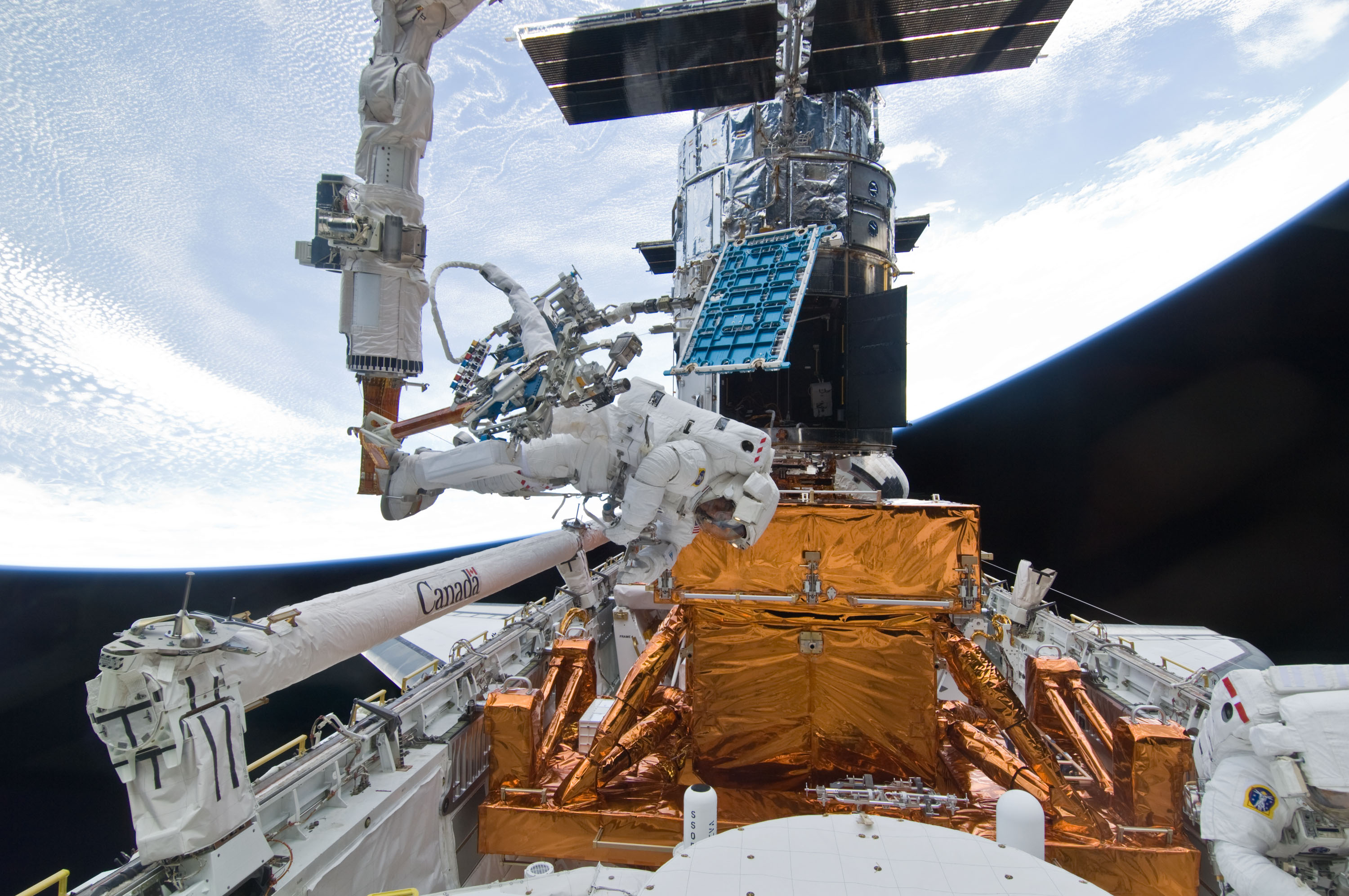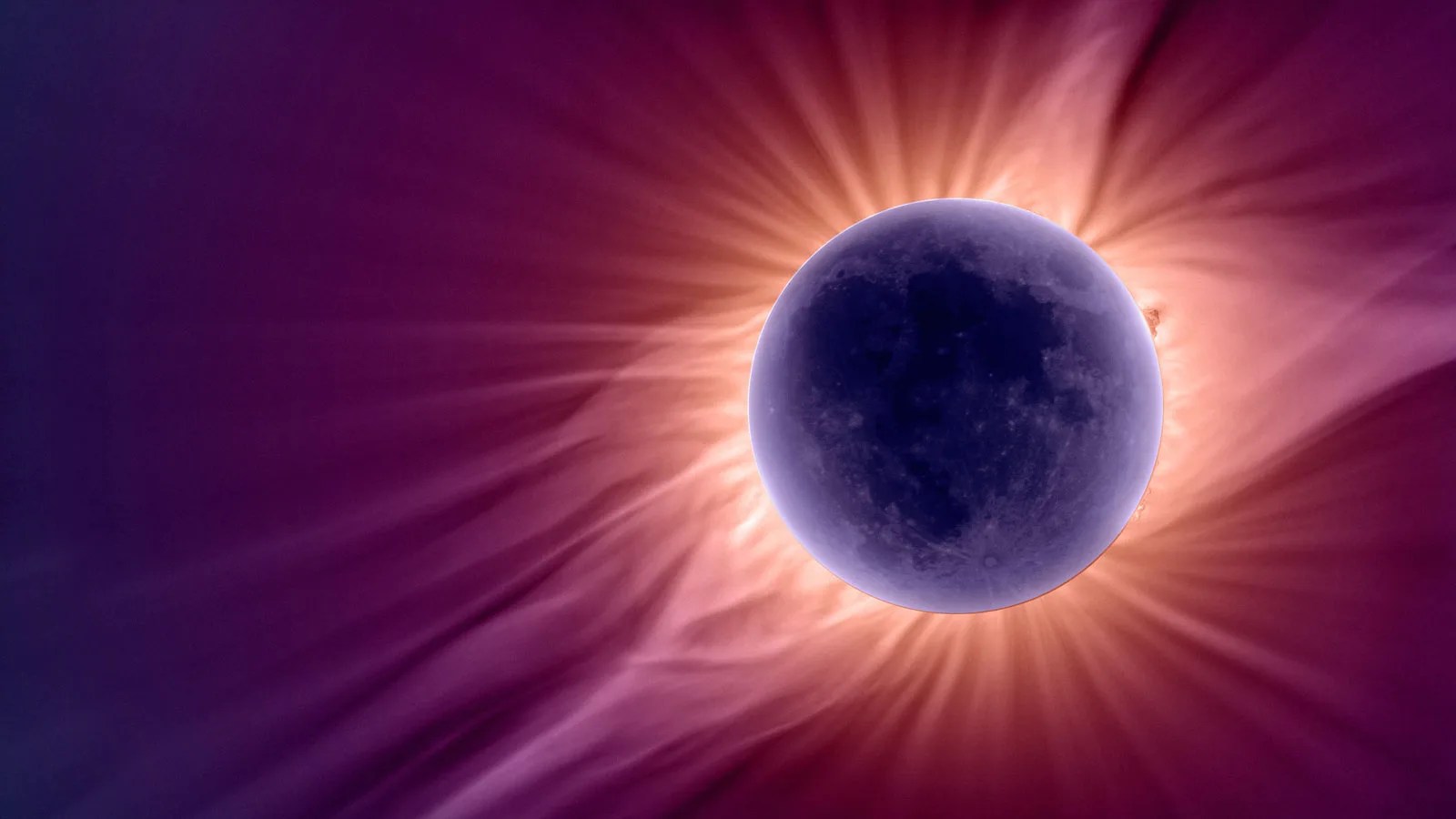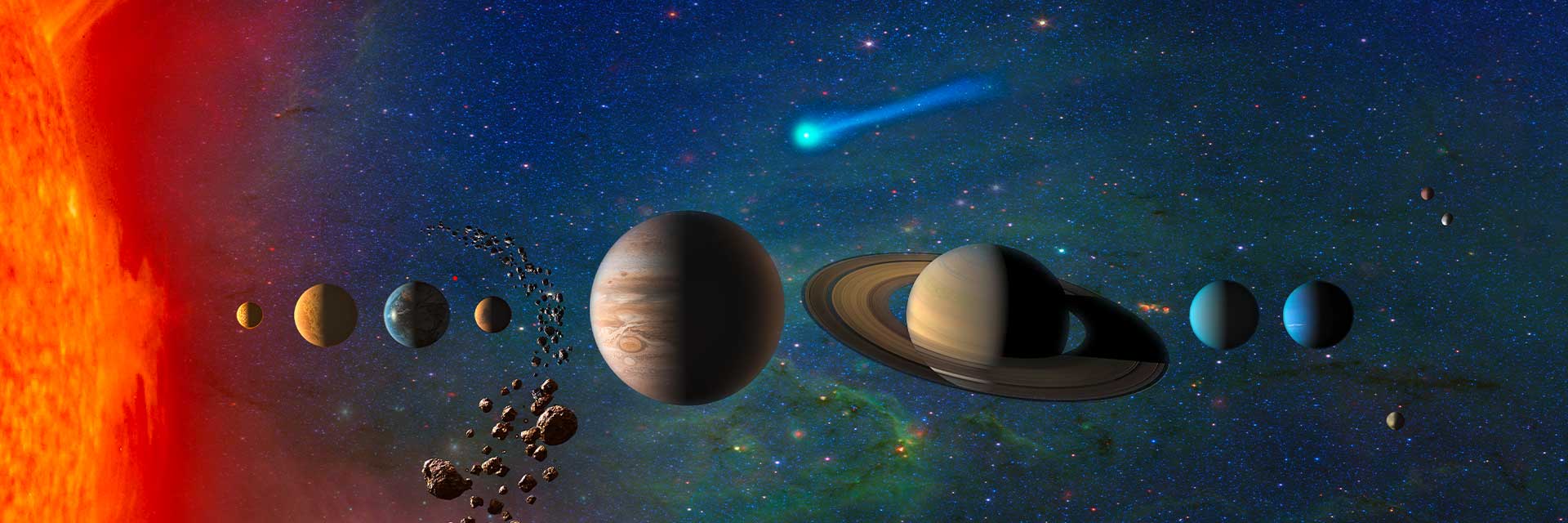
Solar System Exploration
Join us as we explore our planetary neighborhood: The Sun, planets, moons, and millions of asteroids and comets.
10 THINGS about our solar system
Solar System Overview
The solar system has one star, eight planets, five dwarf planets, at least 290 moons, more than 1.3 million asteroids, and about 3,900 comets. It is located in an outer spiral arm of the Milky Way galaxy called the Orion Arm, or Orion Spur. Our solar system orbits the center of the galaxy at about 515,000 mph (828,000 kph). It takes about 230 million years to complete one orbit around the galactic center.
We call it the solar system because it is made up of our star, the Sun, and everything bound to it by gravity – the planets Mercury, Venus, Earth, Mars, Jupiter, Saturn, Uranus, and Neptune; dwarf planets Pluto, Ceres, Makemake, Haumea, and Eris – along with hundreds of moons; and millions of asteroids, comets, and meteoroids.
The Latest: Building Europa Clipper
When is the Next Full Moon?
Our detailed daily guide to the night sky includes full Moon lore, meteor showers, asteroid flybys, and more.
Learn More
NASA's Eyes
Experience Earth, our solar system, nearby asteroids, the universe, and the spacecraft exploring them with immersive real-time 3D web-based apps. Start exploring your solar system now!
Explore Eyes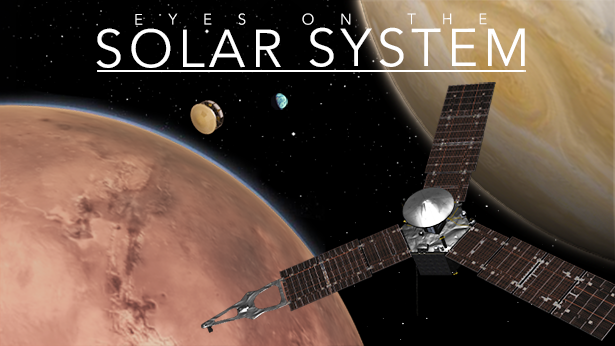
Latest News
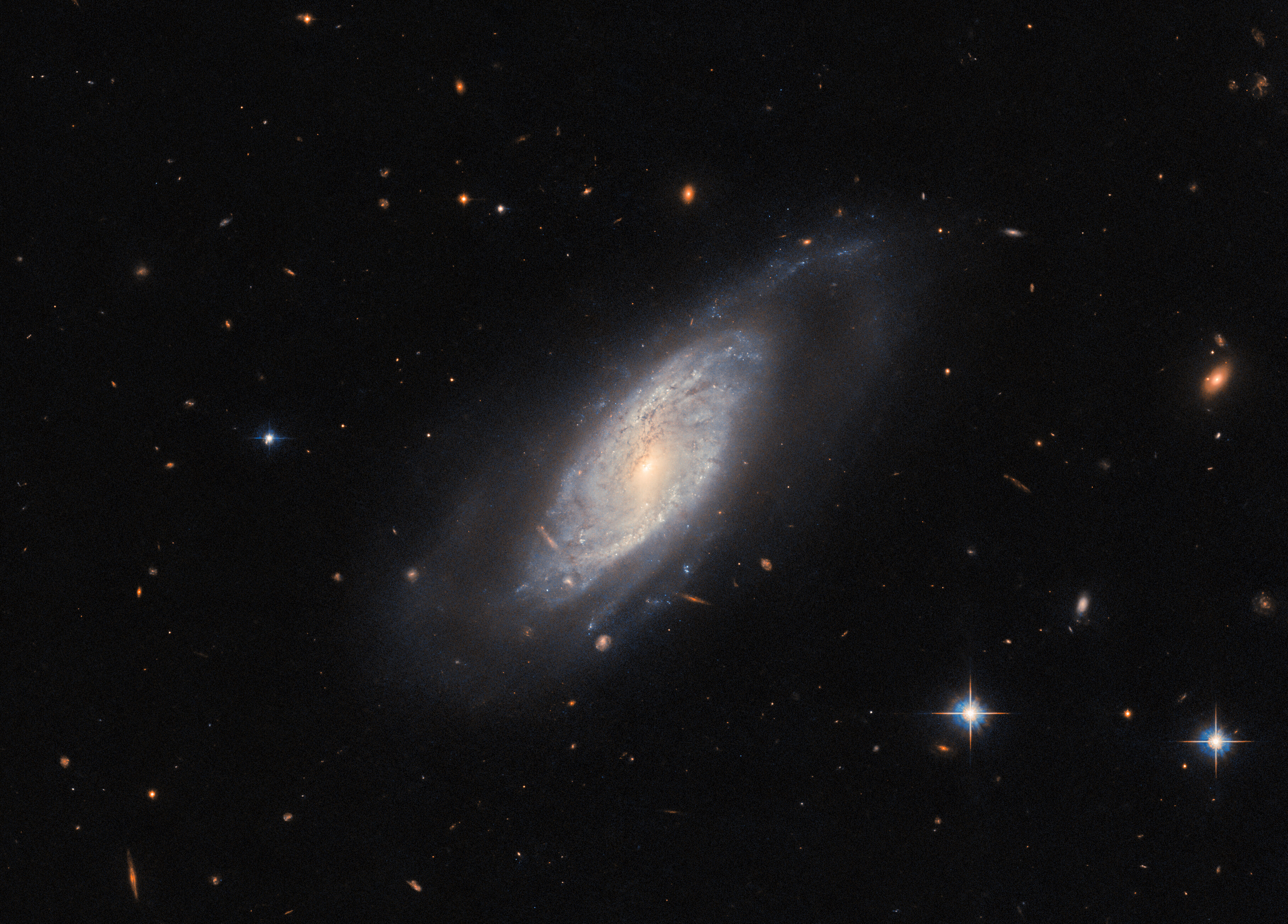
Hubble Glimpses a Star-Forming Factory
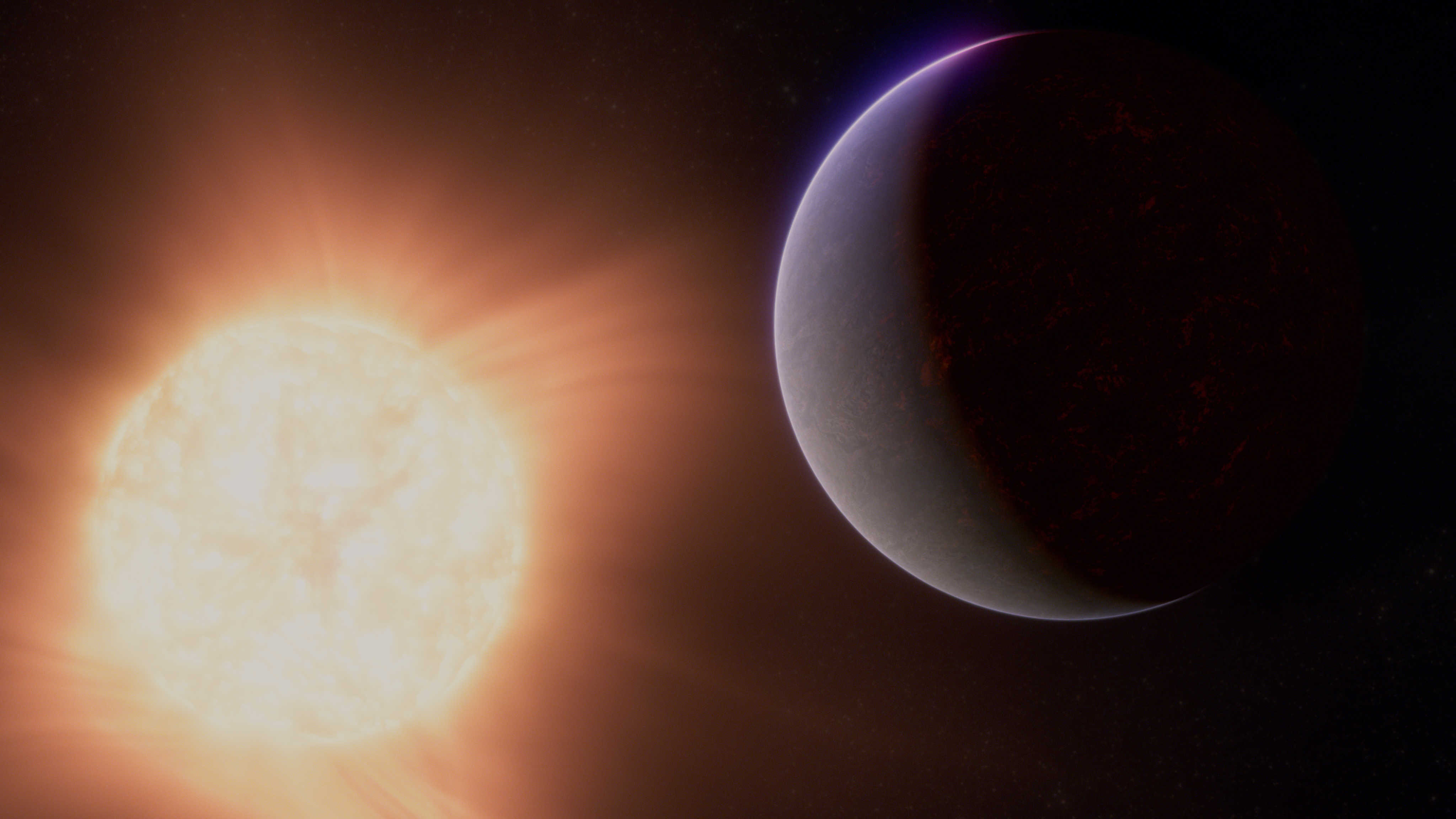
NASA’s Webb Hints at Possible Atmosphere Surrounding Rocky Exoplanet
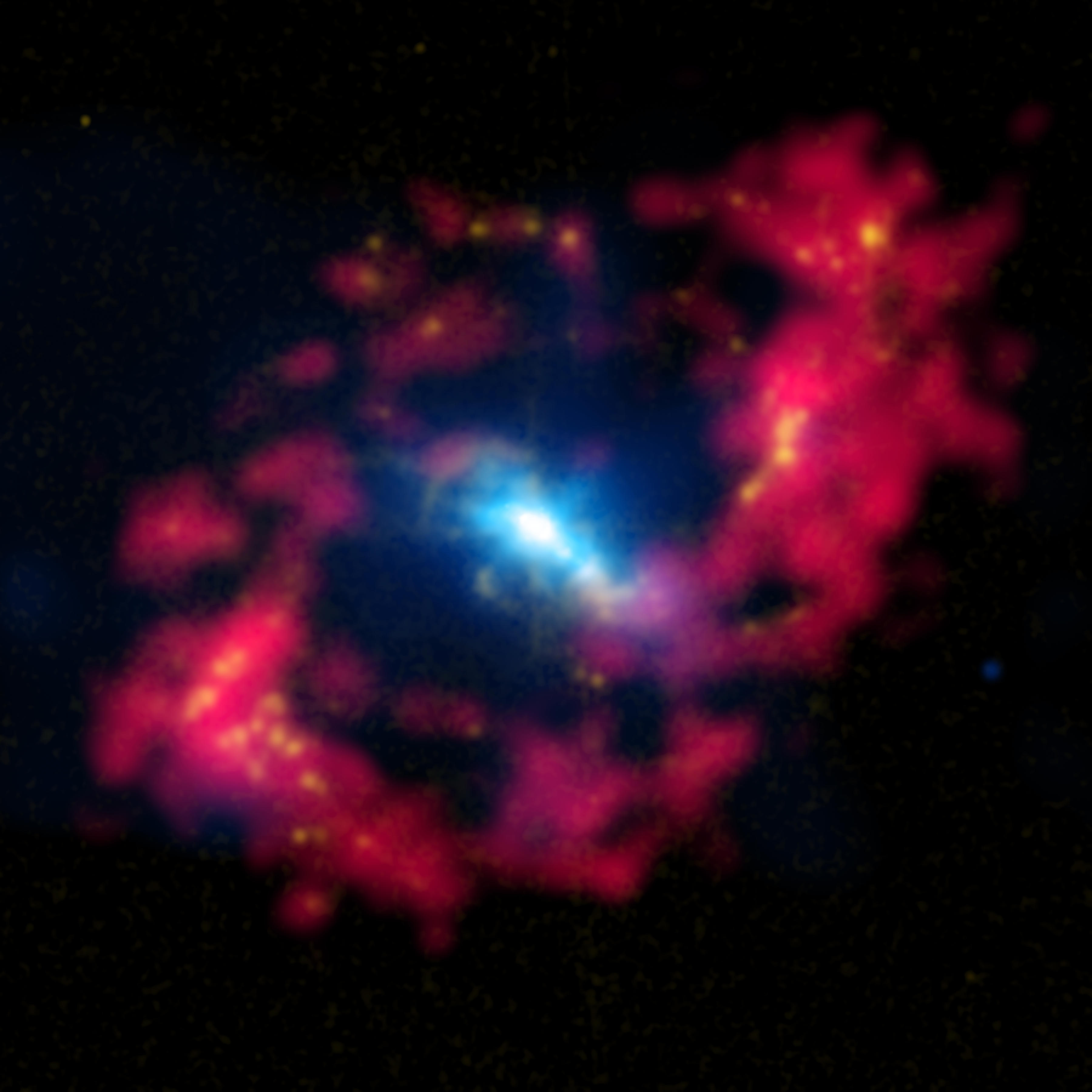
NASA, JAXA XRISM Spots Iron Fingerprints in Nearby Active Galaxy

NASA’s TESS Returns to Science Operations

